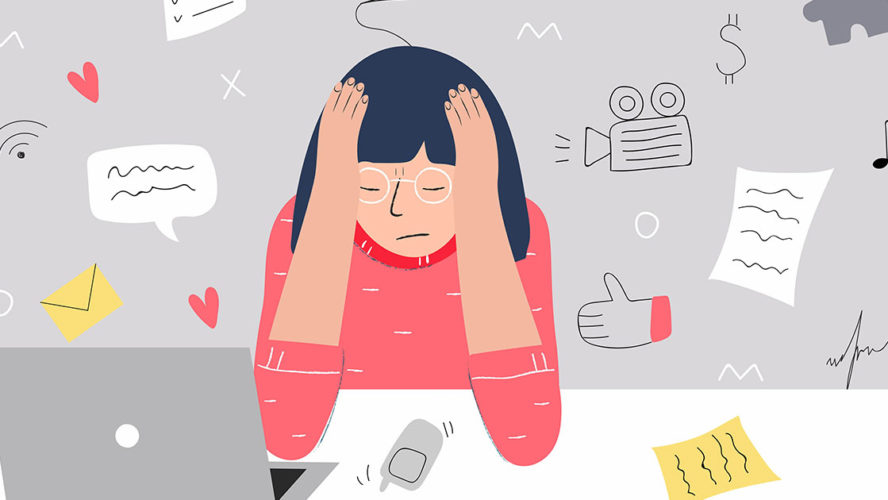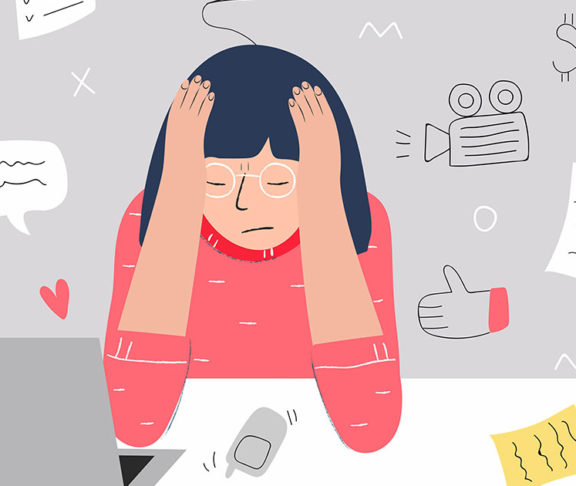Each of us spends an average of 90,000 hours at work over a lifetime. As we confront the swelling mental health crisis, we need to focus on the workplace.

Wendi Safstrom
President, Society for Human Resources Management Foundation
Sometimes people managers are part of the problem without even realizing it. I had a habit of sending emails outside of regular working hours. It was when I could focus on my inbox. I didn’t realize I was putting unintended pressure on my team. Because of my habits, they felt they had to respond at any hour of the day or night. What was working for me was causing other people anxiety. This small example served as an entry point for the team to talk about our work style and managing our time, but ultimately lead to how we could work better together to integrate work and life. By creating a safe place to start a conversation, I was learning to be more mindful of the mental health of my team.
But training managers to be open to change is just one way that organizations can promote better employee mental health. Whether you work virtually, in-person, or hybrid, your job may offer the most immediate path to mental health support.
After two years of living with COVID-19, the need has never been greater.
Potential for change
During the pandemic, the share of adults who report symptoms of anxiety and depression jumped from 1 in 10 to 4 in 10 — and these mental health impacts disproportionately affect women and communities of color. Today, fewer than 1 in 5 U.S. workers report feeling a sense of mental well-being. According to a recent survey by the Society of Human Resources Management (SHRM), 65 percent of working Americans feel down, depressed, or hopeless often, very often, or sometimes.
We will be managing the impact of the pandemic on our mental health for years to come. Global efforts to produce and deliver vaccines for COVID-19 were rapid and vigorous. We now need to devote the same energy and resources to restoring our mental health and well-being.
The workplace may hold the greatest potential.
Human resource (HR) teams are charged with identifying and selecting appropriate mental health resources, helping connect individuals to the right services, and educating people managers to ensure workplaces are mental health friendly and psychologically safe.
But they can’t do it alone. Beyond HR, people managers need help understanding how to respond to those with mental health challenges, even as they address their own mental health needs. Business leaders have a vital role to play in creating an organizational culture that values mental health just as much as physical health. Employees at every level need help overcoming stigma, promoting psychologically safe workplaces and spaces, and accessing mental health tools and support.
Empowering HR professionals
The SHRM Foundation is empowering HR professionals and managers to help lead the way. We regularly curate and update a range of mental health resources, as well as convene HR professionals to share best practices and learn from mental health experts. In partnership with Psych Hub, we’ve developed a Workplace Mental Health Ally Certificate that educates HR professionals about common mental health topics and how to respond. We have a forthcoming report that will showcase what evidence-based solutions could be most powerful in improving on workplace mental health.
By equipping organizations with effective tools that support and promote mental health, and by creating cultures that are conducive to having conversations about one’s mental health and its impact on the workplace, employers can drive the movement to break the stigma that accompanies the topic of mental health, and change the conversation, ultimately improving the lives of people, who are an organization’s most valuable asset.

